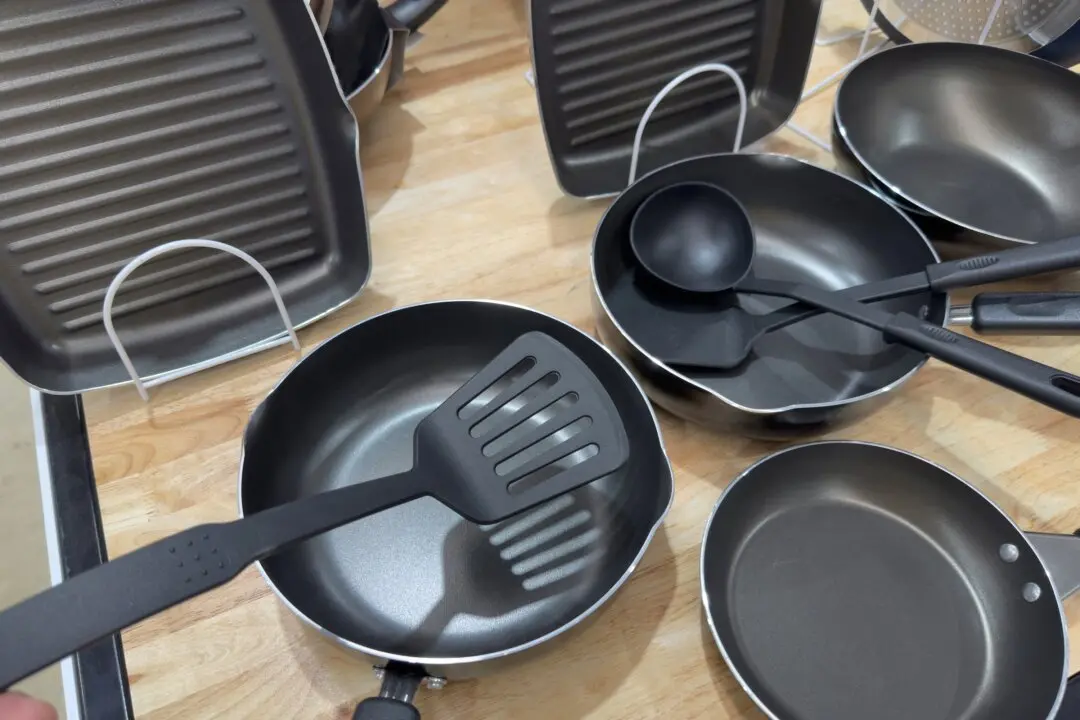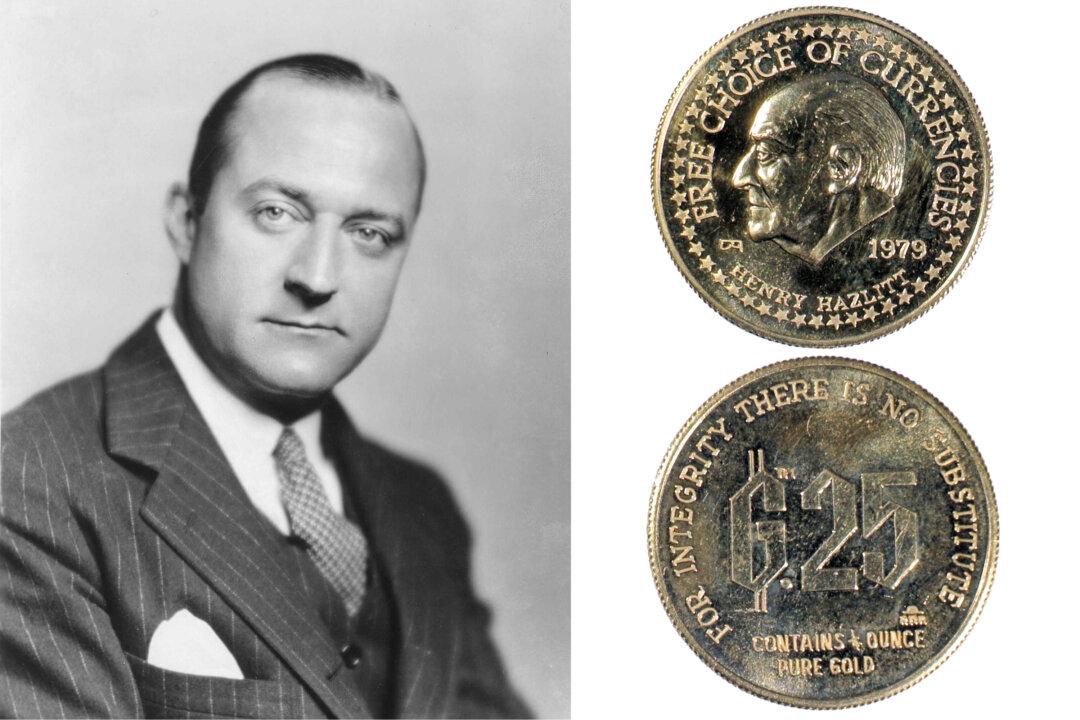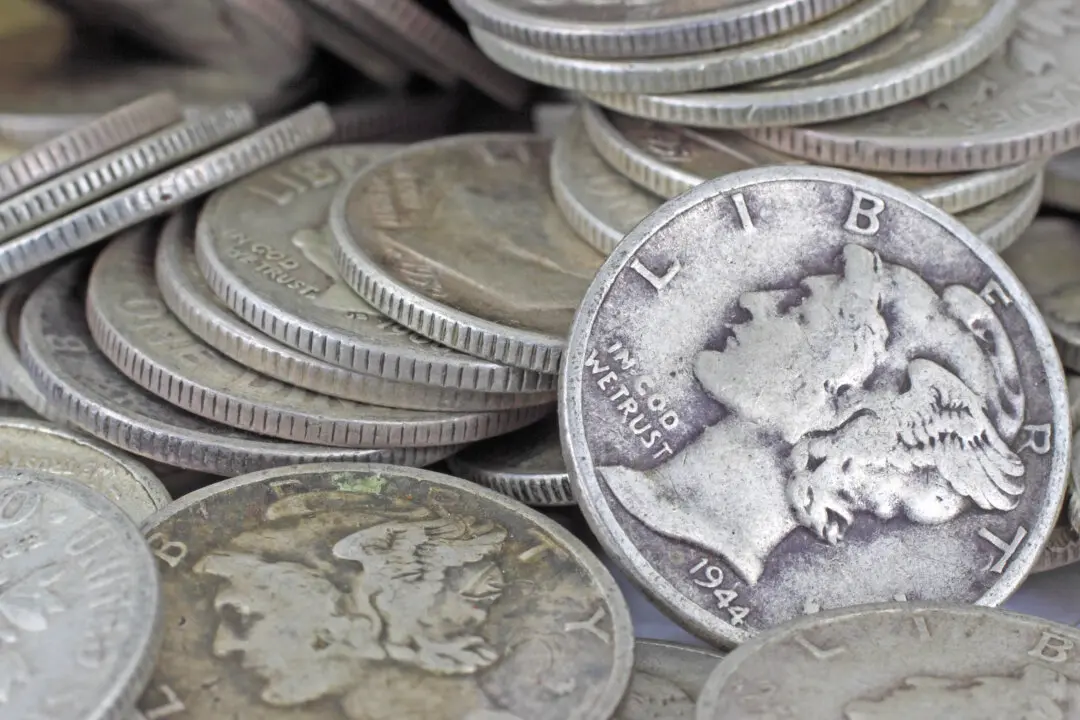Commentary
Everyone is trying to save money these days on everything we buy. One place people don’t often look is at their laundry products. Most homes have a huge shelf of detergents, sticks, sprays, additives, sheets, and much more besides, and the expense can really add up. There is no shortage of other products that seem attractive at the store, and people keep buying them, one after another, in order to regain a sense that things are getting clean.





